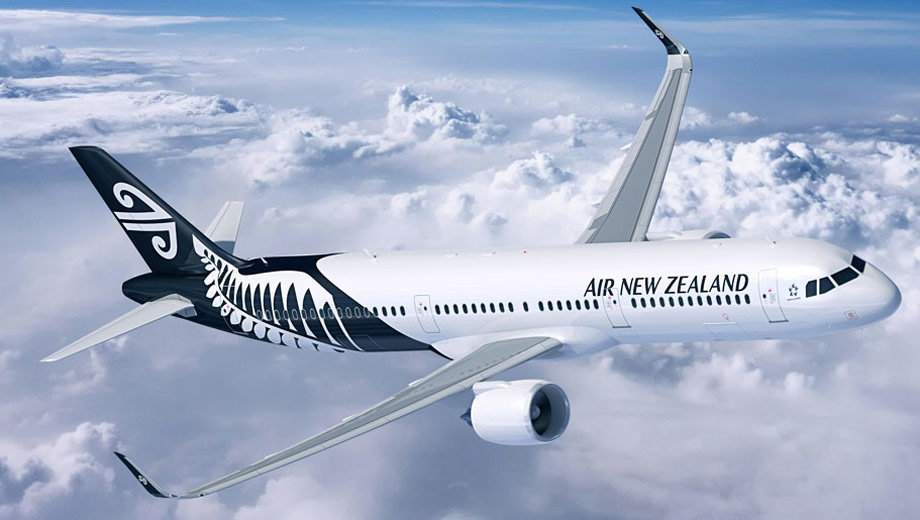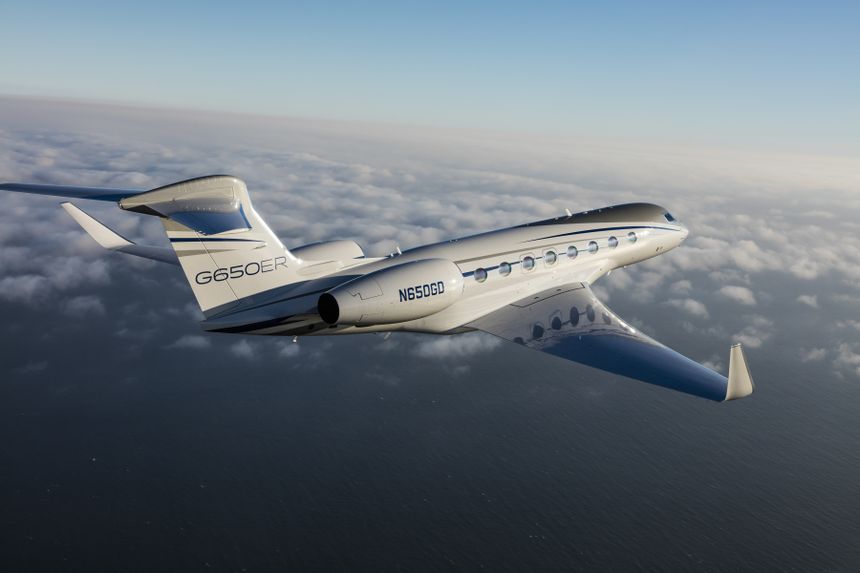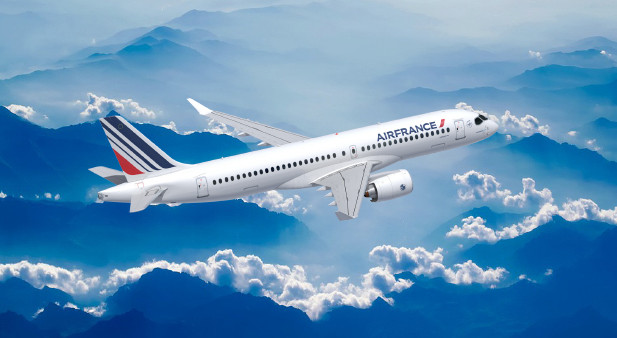
(Reuters) – Air New Zealand Ltd <ANZLY> named Walmart U.S. boss Greg Foran as its new chief executive on Friday, bringing him back home at a time the airline is trying to control costs in a lower-growth environment.
New Zealand-born Foran is credited with turning around Walmart Inc’s <WMT.N> U.S. business as its president and CEO since 2014, with the unit reporting 20 quarters of comparable sales growth under his leadership.
Air New Zealand Chairman Therese Walsh said the carrier was “thrilled to have attracted a world class Kiwi back home.”
“Greg has an impeccable track record in delivering strong commercial performance, outstanding customer focus and in building teams that can take a business to the next level,” Walsh said in a statement.
Grant Williamson, investment adviser at Hamilton Hindin Greene in Christchurch, said snagging Foran was a coup for the carrier.
“In the short term, it’s not going to have a major impact on earnings, there’s bigger things moving in the background like oil prices and global growth,” Williamson said. Air New Zealand shares were marginally higher at NZ$2.85 on Friday.
“But in terms of someone to have a steady hand on the wheel for Air New Zealand going forward, I don’t think they could do much better,” Williamson added.
Foran, who boosted Walmart’s sales by focusing on improving existing stores to keep costs and prices low, said he looked forward to building on Air New Zealand’s competitive advantage in customer focus and care.
The airline is known overseas for its quirky safety videos and consistently ranks highly in global airline customer surveys.
Foran will join Air New Zealand in the first quarter of next year, replacing Christopher Luxon who departed last month after seven years in the role. Luxon, a former Unilever executive, had also joined the airline after a career in fast-moving consumer goods.
During Luxon’s tenure, the carrier was recognised globally as an industry leader for its focus on innovation, environmental sustainability and diversity in hiring.
However, it has more recently faced challenges from a higher fuel bill and weak travel demand, leading the national carrier to report a 31% fall in annual profit in August.
Air New Zealand Chief Revenue Officer Cam Wallace, who had been an internal contender for the top job, according to sources with knowledge of the matter, welcomed the appointment on Twitter.
Foran will remain at Walmart until Jan. 31, when he will be replaced by the head of its Sam’s Club warehouse chain, John Furner.
“While we’ve been highly impressed with Mr. Furner’s work at Sam’s Club… he does admittedly have big shoes to fill,” said a note from Jefferies Group LLC <JEF.N>. “We can’t help but expect the market to react negatively to today’s news.”
(Reporting by Jamie Freed in Singapore and Devika Syamnath in Bengaluru, additional reporting by Nandita Bose in Washington; Editing by Sandra Maler and Jane Wardell)

















